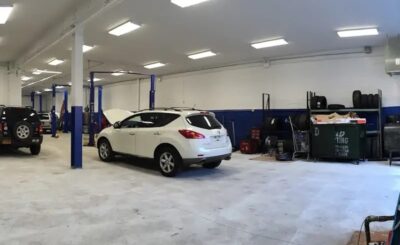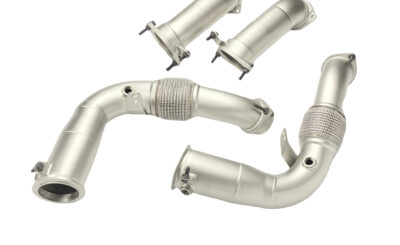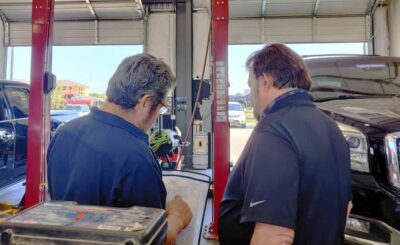Regarding commercial vehicle maintenance, the timing belt is an essential part that has to be looked after. This essential component ensures that all parts operate in unison by synchronizing the engine’s rotation. But when the timing belt ages, companies have to decide whether it’s more economical to replace it or fix it. It is important to comprehend the distinctions between these two choices in order to guarantee maximum vehicle life and performance.
Comprehending Timing Belt Wear
Although timing belts are necessary for engines to run safely and effectively, their lifetime is limited. Rubber parts are susceptible to deterioration over time from heat exposure, friction, and oil leaks. Fraying edges, oil contamination, and fractures are examples of wear indicators. Timely inspections are essential for commercial vehicles since downtime may result in large operating losses. It’s crucial to adhere to the manufacturer’s suggested maintenance plan; timing belt replacements should usually be done every 60,000 to 100,000 miles, depending on the needs of the particular car. Knowing when to get your timing belt inspected might help you avoid needing significant repairs for minor wear and tear. Choosing the Auto Repair in Wheatridge, CO based service is the best idea here.
When to Think About Fixing a Timing Belt
A repair rather than a complete replacement of the timing belt may be possible in some situations due to minor wear or damage. A repair might extend the life of a belt if it has a minor fracture but no other signs of degradation. This is often a stopgap measure that works well for inexpensive maintenance or situations where changing the belt isn’t an urgent priority. It’s important to realize that repairs are not always risk-free, however, since a repaired timing belt may unexpectedly fail and cause serious engine damage, particularly in high-performance cars or vehicles used regularly for labor-intensive duties. Business owners will be better able to decide between short-term repairs and long-term solutions if they are aware of the limits of repair alternatives.
The Argument for Replacing the Timing Belt
For commercial cars, it’s usually preferable to replace rather than repair. In addition to removing the possibility of future failure, replacing the timing belt guarantees optimal engine performance. Performance, fuel efficiency, and dependability may all be greatly increased with a new timing belt, which is crucial in a business setting where cars are essential to daily operations. In addition, a lot of professionals advise changing water pumps and tensioners together with the timing belt since doing so might reduce the need for further repairs later on by averting problems with those components.
Cost Factors in the Making of Decisions
It’s critical to consider all factors when weighing the expenses of timing belt replacement vs repair. Even these fixes could appear less costly at first, if the belt breaks suddenly, they might result in more frequent issues and larger expenditures down the road. Take into account the possible expenses linked to car breakdowns as well as the effect on the efficiency of your company.








